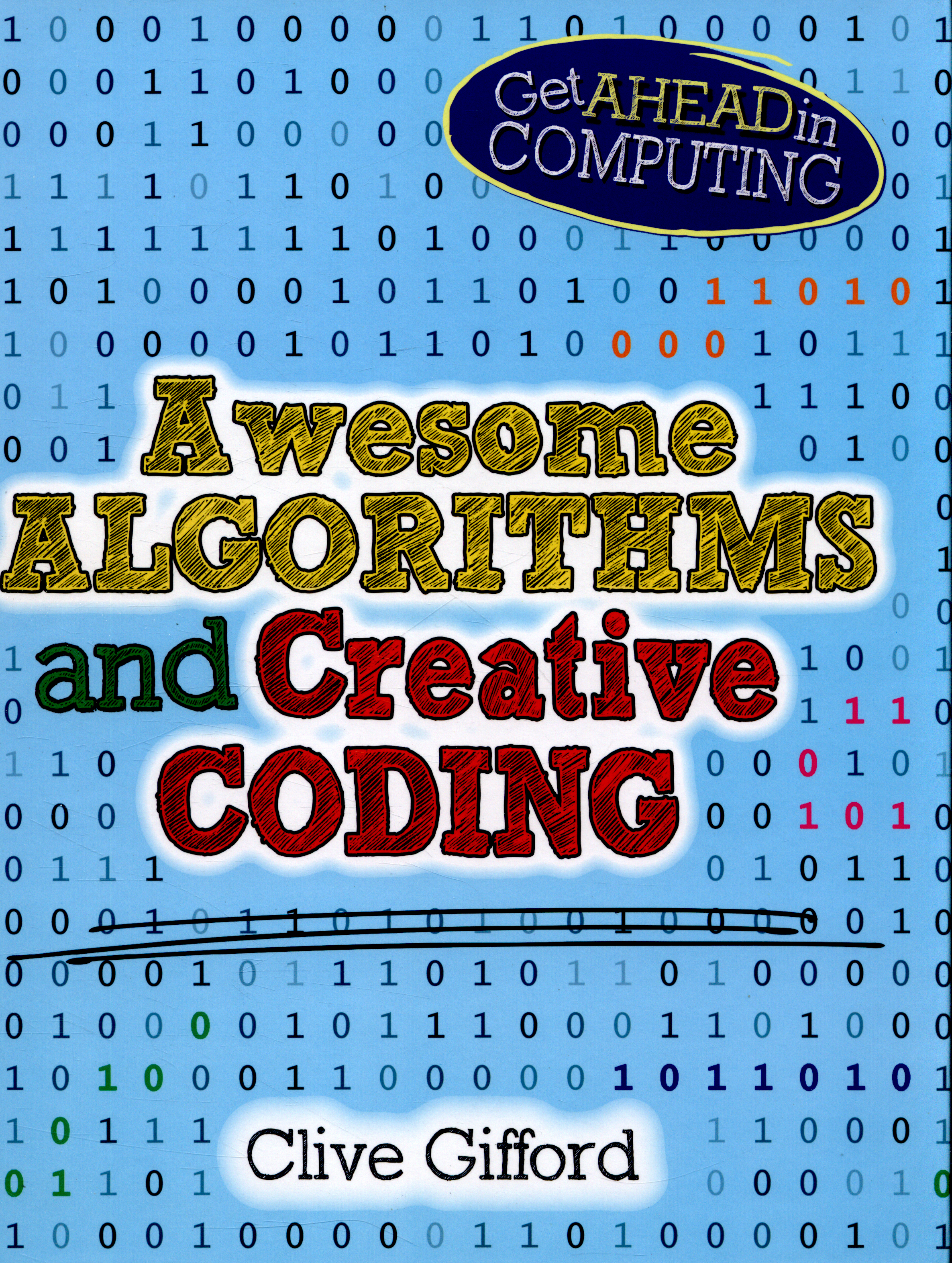Filters
Clear allSubject
- Careers (45) Apply Careers filter
- Climate Change (2) Apply Climate Change filter
- Creative arts and media (4) Apply Creative arts and media filter
- Cross curricular (36) Apply Cross curricular filter
- Design and technology (205) Apply Design and technology filter
- Engineering (123) Apply Engineering filter
- Food Preparation and Nutrition (2) Apply Food Preparation and Nutrition filter
- Leadership (1) Apply Leadership filter
- Mathematics (151) Apply Mathematics filter
- Personal development (2) Apply Personal development filter
- Psychology (1) Apply Psychology filter
- Science (173) Apply Science filter
- Space (2) Apply Space filter
- STEM Ambassadors (8) Apply STEM Ambassadors filter
- STEM Clubs (13) Apply STEM Clubs filter
Age range
Type
- Activity sheet (136) Apply Activity sheet filter
- Article (72) Apply Article filter
- Assessment (3) Apply Assessment filter
- Audio (5) Apply Audio filter
- Data set (2) Apply Data set filter
- Demonstration (3) Apply Demonstration filter
- Experiment (1) Apply Experiment filter
- Game (4) Apply Game filter
- Group work (4) Apply Group work filter
- Image (13) Apply Image filter
- Information sheet (29) Apply Information sheet filter
- Interactive resource (6) Apply Interactive resource filter
- Open-ended task (1) Apply Open-ended task filter
- Poster (9) Apply Poster filter
- Presentation (64) Apply Presentation filter
- Quiz (1) Apply Quiz filter
- Research (40) Apply Research filter
- Self assessment (1) Apply Self assessment filter
- Simulation (2) Apply Simulation filter
- Teacher guidance (156) Apply Teacher guidance filter
- Textbook (18) Apply Textbook filter
- Video (36) Apply Video filter
- (-) Remove Include Physical Resources filter Include Physical Resources
Showing 796 results

With its colorful, block-based interface, The LEGO( MINDSTORMS( EV3 programming language is designed to allow anyone to program intelligent robots, but its powerful features can be intimidating at first.
The...
Artificial Intelligence (AI) is becoming necessary in many areas of life, from healthcare to entertainment. This collection of resources support exploration of Artificial Intelligence for students aged 7 to 16.
Introduction to the Grand Challenge resources
This resource forms part of the artificial intelligence resources from the Grand Challenges resource collection. The introductory video can be found here.
The artificial intelligence – level 1 resource package consists of activities designed to run for around...
This resource forms part of the artificial intelligence resources from the Grand Challenges resource collection. The introductory video can be found here.
The artificial intelligence – level 2 resource package consists of activities designed to run for around two...
This item is one of over 25,000 physical resources available from the Resources Collection. The Archive Collection covers over 50 years of curriculum development in the STEM subjects. The Contemporary Collection includes the latest publications from UK educational publishers.
This activity, available in three different programming languages, requires students to ‘dry run’ written code and work out what it does. This is a useful skill for programming, which tests their understanding of assignment and subsequent changes to variables within programs. They step through code and analyse the...
This activity introduces the idea of remote sensing and some of the difficulties of obtaining images from orbit by asking students to match photographs taken from the ground with early astronaut photographs.
This activity includes a game-based approach to measuring reaction speed. Fast reflexes are vital to astronauts who may need to deal with rapidly escalating incidents and high-speed projectiles.
The effect of distraction on reaction speed is investigated – students collect multiple readings and take averages...
Made up of two complementary activities, these resources from the CS4FN team go deeper into theory about search algorithms.
The first activity involves the teacher leading a magic trick using some normal playing cards. In the subsequent explanation of the trick, students are asked to consider the pseudocode...
This longer-duration activity involves prototyping a low-power lighting system. It could be used in an off-timetable workshop or across a series of lessons.
Students are challenged to work through the whole design process, and to place a micro-controller (in this case a BBC micro:bit) at the centre of the...

'Awesome algorithms and creative coding' explores how computers work and explains how to think in a logical way. The bright and engaging design guides readers through clear explanations of binary code...
This introductory guide explains how to use the LINUX shell known as BASH (Bourne Again Shell). BASH is useful for linking together various programs for creating innovative solutions, and can unleash the power of a Raspberry Pi.
The guide covers running BASH, the syntax used, how to chain together commands,...
The BBC micro:bit is a credit sized computer based on a highly popular and high performance ARM processor. The device is designed by a group of 29 partners for use in...
